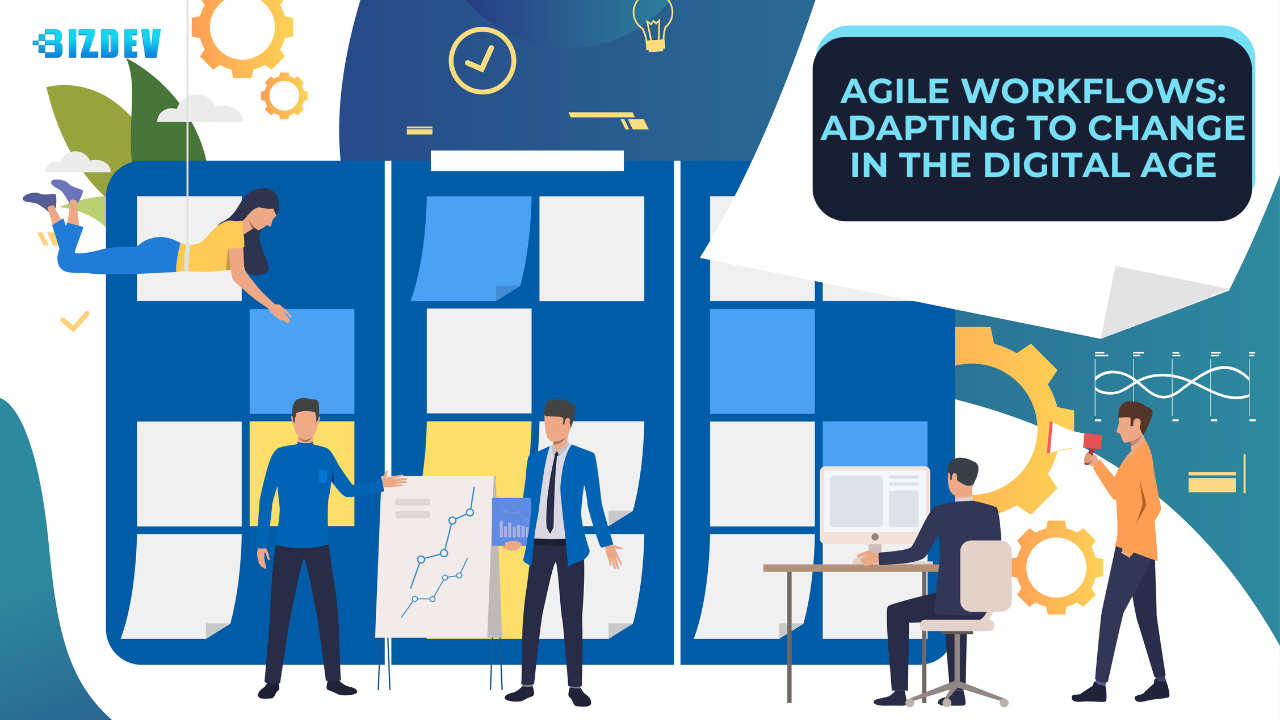In today’s fast-paced and ever-evolving digital landscape, businesses face constant challenges. The ability to adapt quickly to change is crucial for survival and growth. Enter Agile workflows, a methodology that empowers teams to respond swiftly to shifting requirements, market dynamics, and technological advancements.

What Is Agile?
Agile is more than just a buzzword; it’s a mindset. At its core, Agile emphasizes flexibility, collaboration, and iterative progress. Here are some key principles:
- Iterative Development: Instead of waiting for a perfect solution, Agile encourages incremental improvements. Teams break down projects into smaller chunks (sprints) and deliver tangible results at the end of each iteration.
- Cross-Functional Teams: Agile teams consist of members with diverse skills—developers, designers, testers, and business analysts. This diversity fosters creativity and ensures a holistic approach.
- Customer Collaboration: Regular feedback from stakeholders and end-users is essential. Agile teams involve customers throughout the development process, ensuring alignment with real-world needs.
- Responding to Change: Change is inevitable. Agile embraces it by allowing adjustments mid-project. Adaptability is a superpower in the digital age.
Agile Workflows in Action
Let’s explore how Agile workflows manifest in practice:
1. Scrum
Scrum is one of the most popular Agile frameworks. It organizes work into time-bound sprints (usually 2-4 weeks). Key components include:
- Product Backlog: A prioritized list of features and tasks.
- Sprint Planning: The team selects items from the backlog for the upcoming sprint.
- Daily Stand-ups: Short daily meetings to discuss progress and roadblocks.
- Sprint Review: A demo of completed work.
- Retrospective: Reflecting on what went well and what needs improvement.
2. Kanban
Kanban visualizes work on a board with columns (e.g., “To Do,” “In Progress,” “Done”). As tasks move across columns, the team maintains a steady flow. Key aspects:
- WIP Limits: Limit work in progress to prevent bottlenecks.
- Continuous Improvement: Teams regularly assess their process and make adjustments.
- Pull System: Work is pulled based on capacity, not pushed onto team members.
3. Extreme Programming (XP)
XP focuses on engineering practices. It emphasizes:
- Pair Programming: Two developers collaborate on the same code.
- Test-Driven Development (TDD): Writing tests before writing code.
- Continuous Integration: Frequent integration of code changes.
- Refactoring: Improving code without changing its functionality.
Benefits of Agile Workflows
- Faster Time-to-Market: Agile enables quicker releases, allowing businesses to respond to market demands promptly.
- Improved Quality: Frequent testing and feedback lead to higher-quality products.
- Enhanced Collaboration: Cross-functional teams foster creativity and shared ownership.
- Adaptability: Agile workflows thrive in dynamic environments.
Challenges and Best Practices
- Overcommitment: Avoid taking on too much work in a sprint.
- Communication: Clear communication is vital.
- Balancing Flexibility and Structure: Agile doesn’t mean chaos; it requires discipline.
Conclusion
Agile workflows empower organizations to navigate the digital age with resilience. By embracing change, fostering collaboration, and delivering value iteratively, businesses can thrive in an ever-changing landscape.
Remember: Agility isn’t about perfection; it’s about progress.
